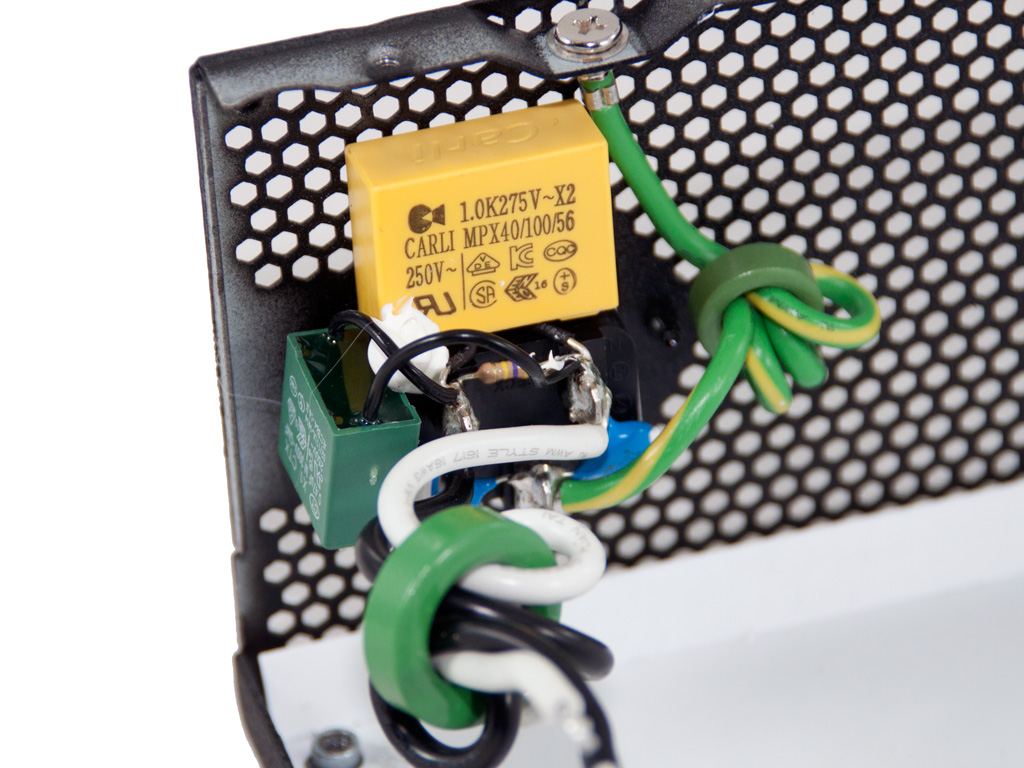Cancellation can occur the same way in a multi phase System.
This is the reason 3Phase Cables with CEE plug don't have and don't need thicker Neutral conductor its all the same area mm² (non of this AWG rubbish)
Return current on an can maximal be equal to phase current (with resstiv or equal lods)

My PC is not and so is every ATX power supply i have ever seen the Green Yello PE goes directly to the case.
if PE becomes Live (like in my contrived scenario where PEN to the transformer barks) so does the PC case Become Live... As well as lots of connected peripherals.
Don't worry you don't have to understand everything.
Germany: 3574 shocks 42 deadly shocks in total 13 of them residential.
So get you pen an paper and tell me how "approximately 1000 deaths per year" is statistically saver compared to 42.
Looks like we are fine with death trap.
We valeu worker lives the equally to residential lives therefore it unethical to serrate
Are you pulling my leg? good one! Lol
You can lead a horse to water....
Even a broken clock is right twice a day.
Do you know what a phasor is?
Not the StarTrek Phaser.
Wait!!!! Hold on!!!! If you have a balanced 3 ph wye system no neutral I exists! Really!? Get out of here!
Show me how:
10/0 = 10 + 0j
10/120 = -5 + 8.67 j
10/-120 = -5 - 8.67 j
Sum 0 + 0 j = 0/0
Wow, like magic, lol
Will wonders never cease.
Too bad many residential loads are 1 ph.
What is 'j', why not 'i'? What is another similar complex constant 'a'?
How are they used?
What is a positive, negative and zero sequence? How are they derived?
Symmetrical Components?
Show me some basic understanding. Do not ignore, redirect, go on a tangent, obfuscate, etc.
Plain, simple answers to my questions above, that even I can understand
Please, without I have no idea if you understand anything about the subject other than a contrived YouTube video that actually shows the US system is safer.
Our system is an order of magnitude safer:
400 fatalities
Only <100 residential, 80
Adjusting for population: 43 x 83/330 = 11
Far worse than the USA.
Industrial fatalities for a 5 year period: 739
150/year
Appliance related over 10 years: 607
Average 60
Adjusted for Germany 15
No matter how you contort yourself:
Our system is safer statistically
And technically (no shame not understanding this)
It is a good thing you do not work in the industry with your 'acceptable loss' philosophy and lack of math and engineering knowledge.
Attachments
Last edited:




